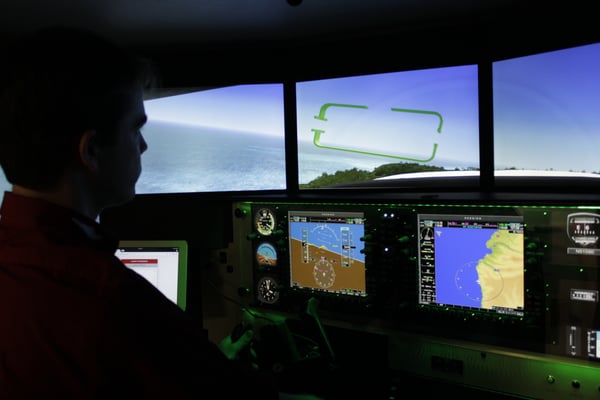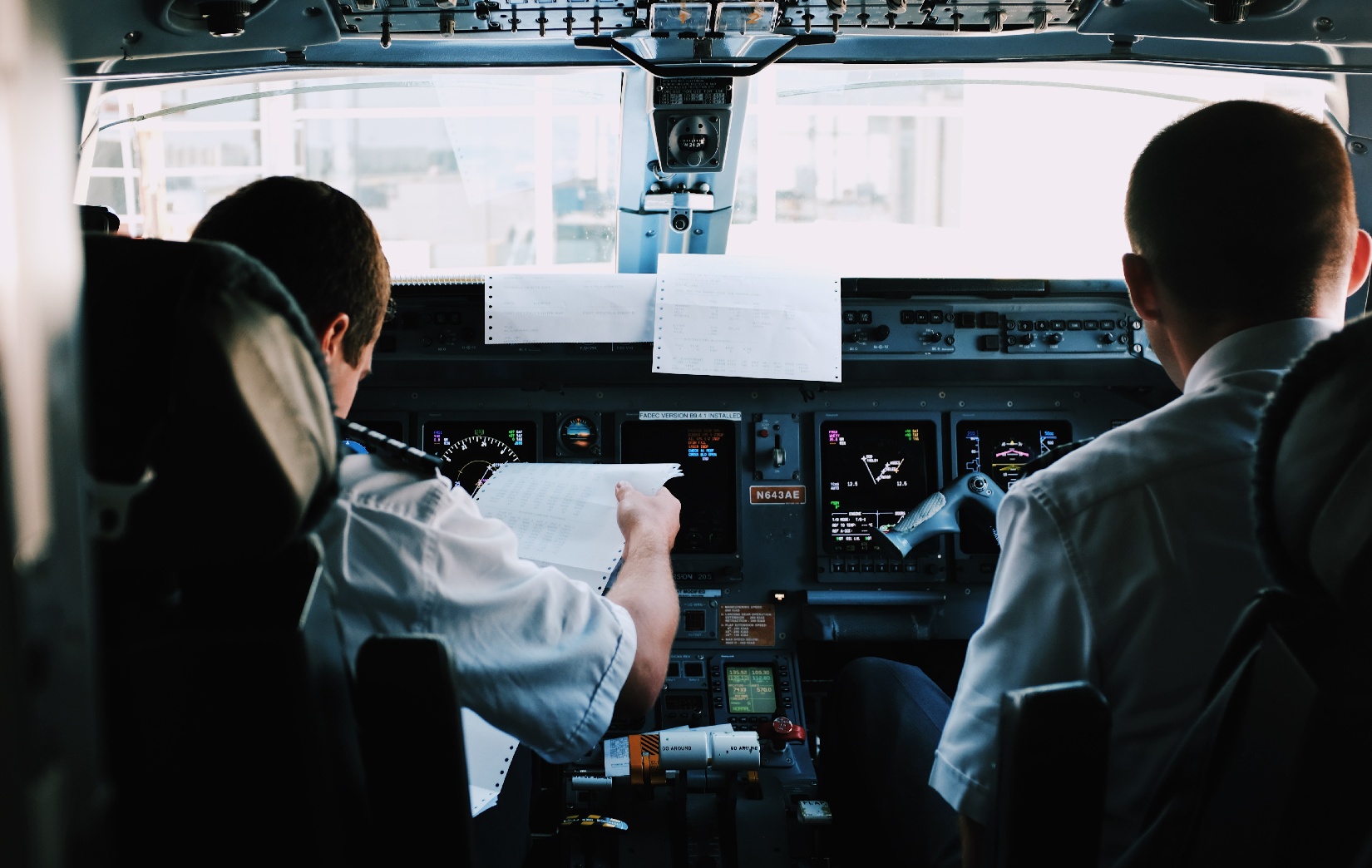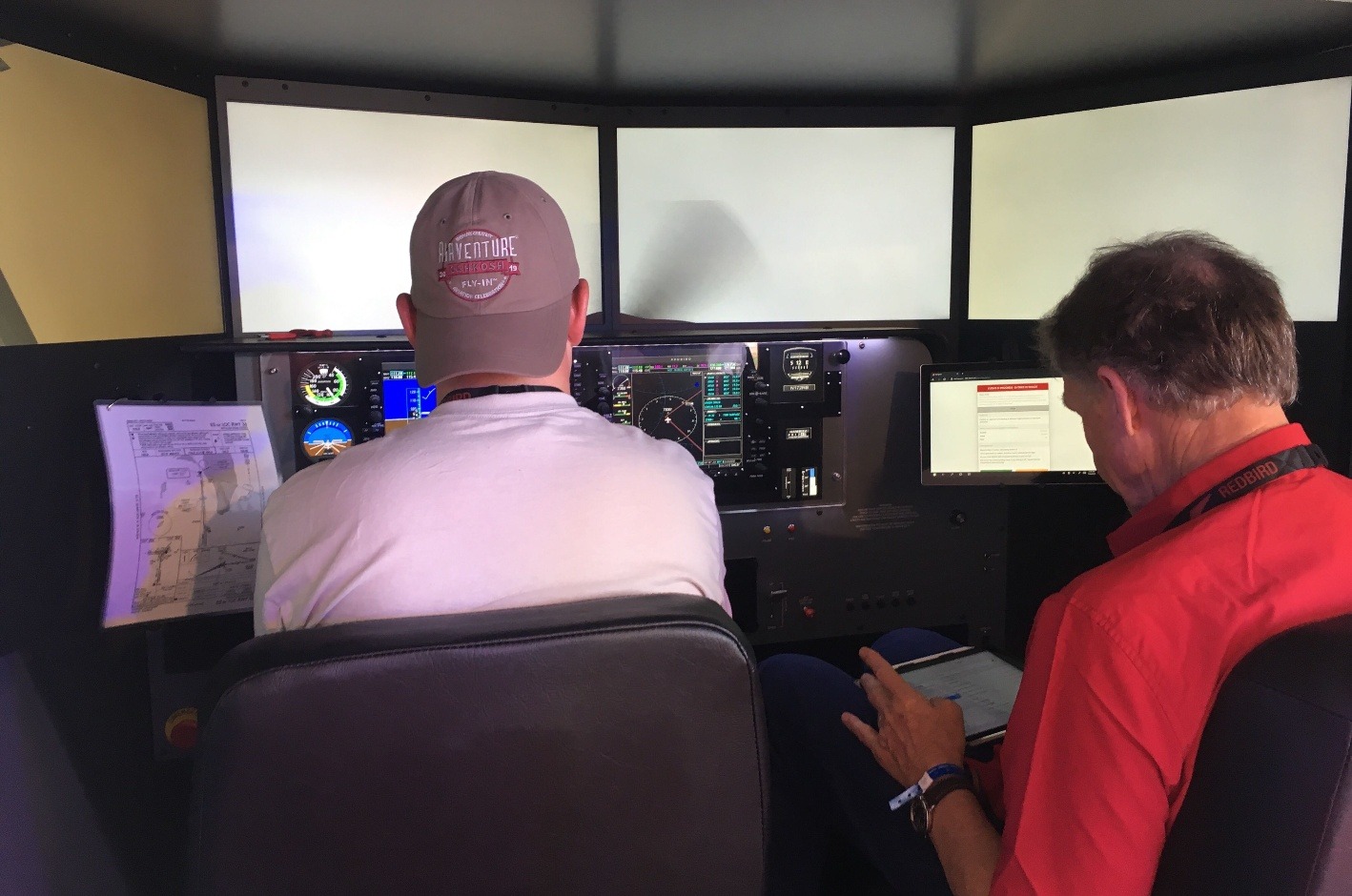The Top 3 Ways to Finish Flight School Fast
How can I finish flight school quickly and start building my flight hours? This is one of the questions that I get asked the most as a flight instructor, and one that I constantly asked myself as a student pilot. Similar to landing an airplane, accelerating your flight training is by no means an exact science. However, taking thoughtful steps can lead to a much more predictable outcome.
In your quest to learn to fly, there are many different factors to consider. Are you looking to become a private pilot who goes to the airport on weekends? Do you want your instrument rating? Are you interested in an ATP certificate or a commercial pilot license? How much of your time do you plan to invest in aviation as a career?
Each of these decisions will impact how you decide which flight training program will be the most efficient and beneficial route to begin your journey as a pilot. Here are a few tips to consider as you begin your pilot program.
1. Choose the right flight school
If you’re a student who wants to fly on the weekends while still working a full-time job, then you may not be interested in attending the same school as someone who is aspiring to fly for a regional airline as soon as possible. If you’re the first student, it makes more sense to go to a smaller flight school where the flight instructors can work around your schedule and allow you to learn at your own pace. It is important to meet an instructor who can discuss and devise a pilot training program for your particular schedule. Remember, you’re just as much a customer as a student.
If you would like the fastest route to become a commercial airline pilot, then you should look for a flight school—such as ATP—that has a record of producing successful students at the commercial and instructor level in a timely manner. If you desire to be a career pilot, then be sure that the school offers multi-engine training, as an overwhelming majority of pilot careers require a multi-engine rating.
In either situation, it is crucial to visit the flight school first and see what the aircraft fleet looks like before you make a decision. Don’t forget to consider approved flight simulators as part of the fleet, as they can be used when the weather doesn’t cooperate or when planes are down for maintenance. Simulators also can be very cost-effective as you learn and build flight time, helping ease the financial burden of flight training.
If you want to take the fastest route to become a professional pilot, you also should ensure that there are instructors available to accommodate a regular flying schedule. Similarly, you should ask about the maintenance practices at the flight school. Historically, aircraft maintenance, aircraft availability, and weather are the most common setbacks in one’s flight school timeline.
2. Complete your written tests as early as possible
I cannot stress this tip enough. Putting off written tests will consistently delay stage checks, check rides, and progress in flight school. I advise taking these tests as early as possible in each stage. It will be one less thing to worry about and one less thing to prevent you from progressing forward—regardless of your aviation goals.
There are several study guides, programs, and practice tests available, so take advantage of these early on to ensure that your flight training continues without any hiccups.
3. Commit to your flight training
Since the skills needed to fly will fade if too much time elapses between lessons, it is pivotal to set a consistent schedule. In the early stages of flight training, you must regularly learn and practice to ensure steady progress—even if this means committing to meet with a flight instructor twice a week.
However, regardless of the frequency of your lessons, you must be prepared for each of them. If you don’t study and your instructor has to re-teach every maneuver on every flight, then flight school can become a very long and frustrating process. For the student who would like to fly on the weekends as a private pilot, commit to flying—or at the very least doing ground instruction—two or three times a week. This will not only keep your training moving forward but also keep the newly learned information fresh.
 Practicing Maneuvers With Redbird GIFT
Practicing Maneuvers With Redbird GIFT
These are just a few tips to help you set yourself up for a successful, timely flight school experience. I highly recommend taking the time to map out your flight school plan just as you would your flight plan before taking off. If you end up in the airplane without the proper plan, it’s going to make for a very rushed and frustrating flying experience. Keep the same idea in mind for your flight training.
Research your potential flight school. Make sure the instructors are a good match for you, both professionally and personally. Make sure the fleet can accommodate your needs and preferences. Take your written tests early, and be sure to stay consistent with your training.
For the future weekend warrior, nothing beats taking your family flying and seeing the smile on their faces. For the future commercial pilot, it’s not easy, but it sure is hard to beat the view.
Ryan Stack is a CFI/CFII/MEI who currently is building his hours in the San Antonio area. He has a degree in Personal Finance from the University of Wisconsin-Madison and is a graduate of ATP Flight School.
Share this
You May Also Like
These Related Articles
-1.jpg)
The Pros and Cons of Learning to Fly With a Glass Cockpit

How to Use Your GI Bill for Flight School
